In the midst of life’s daily demands and constant distractions, it’s easy to overlook the importance of breath. Our breath, the very essence of life, holds the power to transform our physical and mental well-being. Pranayama, an ancient yogic practice of breath control, offers a profound pathway to harness this transformative power.
Pranayama, meaning “breath control” in Sanskrit, encompasses a series of deep breathing techniques designed to regulate the flow of prana, the vital life force that permeates our bodies. By consciously guiding our breath, we can cultivate a sense of serenity, enhance our physical health, and unlock a deeper connection to our inner selves.
Join us on a journey to explore the depths of pranayama, where we’ll uncover the profound benefits of this ancient practice, delve into various pranayama techniques, and discover how to incorporate breathwork into your daily life. Embrace the transformative power of pranayama and embark on a path towards a calmer, healthier, and more fulfilling life.
Benefits of Deep Breathing Exercises of Pranayama
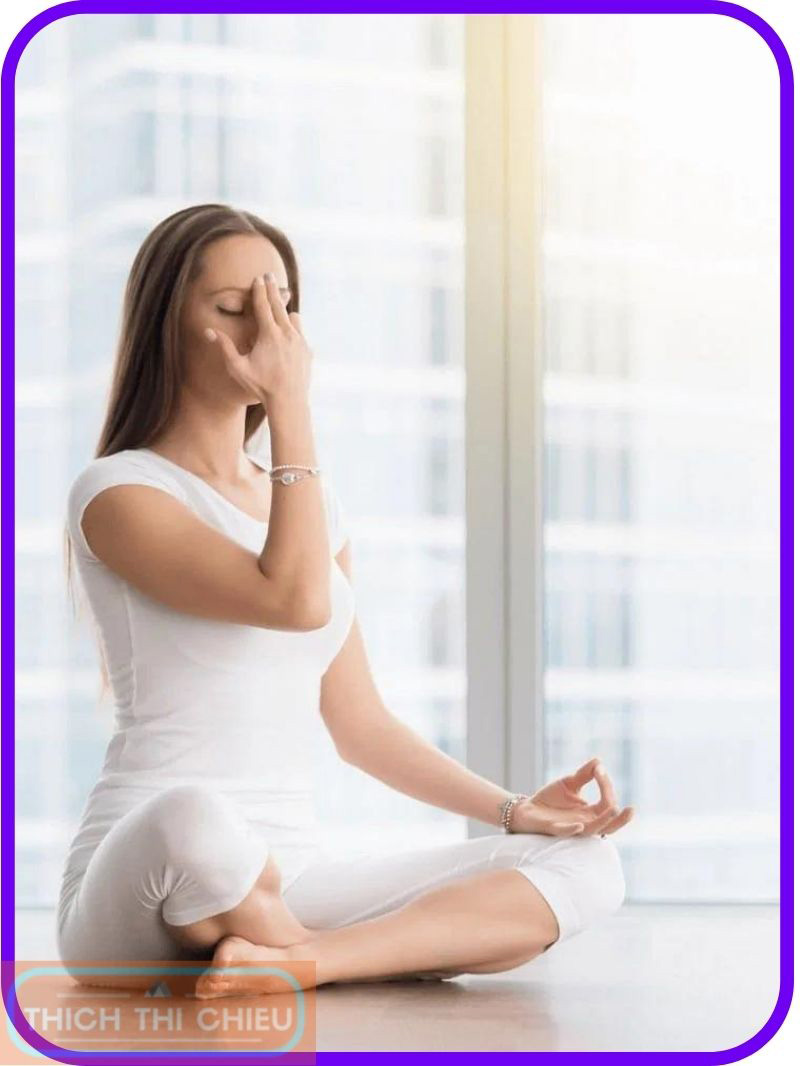
Reduced Stress and Anxiety
One of the most significant benefits of pranayama is its ability to reduce stress and anxiety. When we’re stressed, our breath becomes rapid and shallow, which triggers the release of stress hormones like cortisol and adrenaline. These hormones can lead to a host of negative effects, including increased heart rate, muscle tension, and sleep disturbances.
Pranayama techniques, such as diaphragmatic breathing and alternate nostril breathing, can help to slow down and deepen our breath, effectively lowering stress levels. This is because slow, deep breathing activates the parasympathetic nervous system, which is responsible for the body’s “rest and digest” response.
Improved Physical Health
Pranayama also contributes to improved physical health by enhancing lung function, promoting better circulation, and strengthening the nervous system. Deep breathing exercises can expand the capacity of the lungs, allowing for more efficient oxygen intake. This can improve overall stamina, reduce shortness of breath, and even boost athletic performance.
In addition, pranayama can stimulate blood circulation, ensuring that essential nutrients and oxygen reach all parts of the body. This can help to improve skin health, boost energy levels, and even aid in weight management.
Increased Energy Levels
Pranayama’s impact on physical health directly translates into increased energy levels. By improving lung function and circulation, pranayama helps to deliver more oxygen to the cells, providing them with the fuel they need to function properly. This can lead to a more energized and revitalized state.
Enhanced Mental Clarity
Pranayama also enhances mental clarity and focus by calming the mind and reducing mental chatter. When we’re constantly stressed or anxious, our minds are easily distracted and unable to concentrate effectively. Pranayama helps to quiet the mind, allowing us to focus more deeply on tasks at hand.
The improved clarity and focus can extend beyond daily activities, positively impacting our decision-making abilities, problem-solving skills, and creativity.
Improved Sleep Quality
Adequate sleep is crucial for overall health and well-being, and pranayama can play a significant role in promoting restful sleep. When we’re stressed or anxious, our bodies produce melatonin at a lower rate, which can lead to insomnia.
Pranayama techniques, such as deep breathing and progressive muscle relaxation, can help to calm the mind and body, making it easier to fall asleep and stay asleep. This can result in a more refreshed and rejuvenated state upon waking.
Types of Deep Breathing Exercises of Pranayama
The world of pranayama is vast and diverse, offering a wide range of techniques to suit individual needs and preferences. Some of the most common and beneficial pranayama techniques include:
Nadi Shodhana
Nadi Shodhana, also known as alternate nostril breathing, is a gentle and effective technique that helps to balance the Ida and Pingala nadis, the channels of energy that run through the body. The Ida nadi is associated with the left nostril and is considered the feminine, calming energy, while the Pingala nadi is associated with the right nostril and is considered the masculine, energizing energy.
Benefits of Nadi Shodhana:
- Balances the nervous system
- Reduces stress and anxiety
- Enhances mental clarity and focus
- Improves sleep quality
Kapalbhati Pranayama
Kapalbhati Pranayama, also known as skull shining breath or bellows breath, is a powerful technique that involves rapid exhalations, cleansing the lungs and stimulating the abdominal muscles. This technique is also known to activate the Manipura chakra, the energy center associated with personal power and willpower.
Benefits of Kapalbhati Pranayama:
- Detoxifies the lungs and respiratory system
- Improves digestion and elimination
- Strengthens the abdominal muscles
- Increases energy levels
Bhramari Pranayama
Bhramari Pranayama, also known as bee breath, is a soothing technique that involves humming while closing the ears. The humming sound creates a vibration that stimulates the vagus nerve, the parasympathetic nervous system’s primary relaxation response.
Benefits of Bhramari Pranayama:
- Induces deep relaxation and stress reduction
- Reduces anxiety and calms the mind
- Alleviates headaches and sinus congestion
- Improves sleep quality
Ujjayi Pranayama
Ujjayi Pranayama, also known as victorious breath or ocean breath, is a technique that involves constricting the glottis, creating a soft hissing sound. This technique generates heat in the body, stimulates the lungs, and helps to focus the mind.
Benefits of Ujjayi Pranayama:
- Calms the mind and reduces distractions
- Increases lung capacity and oxygen intake
- Improves circulation and cardiovascular health
- Enhances athletic performance
Dirga Pranayama
Dirga Pranayama, also known as three-part breath, is a technique that involves slow, deep breaths, expanding the lungs and increasing oxygen intake. This technique is known to activate the Muladhara chakra, the energy center associated with grounding and stability.
Benefits of Dirga Pranayama:
- Increases lung capacity and oxygen intake
- Enhances relaxation and stress reduction
- Improves overall respiratory health
- Promotes a sense of grounding and stability
How to Practice Deep Breathing Exercises of Pranayama
While pranayama offers a wide range of techniques, the essence of the practice lies in its simplicity and accessibility. To effectively practice pranayama, follow these simple steps:
Find a Comfortable Place
Choose a quiet and comfortable space where you can relax and focus on your breath. It could be a quiet corner in your home, a park bench under a tree, or even your bed. Ensure the space is free from distractions and allows you to fully immerse yourself in the practice.
Wear Loose, Comfortable Clothing
Avoid restrictive clothing that may hinder your breathing. Opt for loose, comfortable clothing that allows for natural chest and abdominal expansion during your breathwork.
Relax Your Shoulders and Breathe Through Your Nose
Start by sitting or lying down in a comfortable position. Relax your shoulders and let your body sink into the support beneath you. Close your mouth and gently breathe through your nose, allowing the air to flow naturally.
Focus on Your Breath
Bring your attention to your breath, feeling the rise and fall of your chest and abdomen. Notice the sensation of air entering and leaving your nostrils. Observe the natural rhythm of your breath without trying to control it.
Start with a Few Minutes of Practice Each Day
Begin with short practice sessions, gradually increasing the duration as you become more comfortable. Aim for at least 5-10 minutes of daily practice to reap the benefits of pranayama. Consistency is key.
Explore Different Pranayama Techniques
As you become more familiar with the basics of pranayama, explore different techniques to find what suits your needs and preferences. Some common pranayama techniques include Nadi Shodhana (alternate nostril breathing), Kapalbhati Pranayama (skull shining breath), Bhramari Pranayama (bee breath), Ujjayi Pranayama (victorious breath), and Dirga Pranayama (three-part breath).
Seek Guidance from a Qualified Teacher
If you have any concerns or want to deepen your practice, consider seeking guidance from a qualified yoga teacher who specializes in pranayama. They can provide personalized instruction and ensure you are practicing safely and effectively.
Tips for Beginners to Embrace the Power of Breath Control
Embrace Patience
Learning pranayama techniques takes time and dedication. Don’t get discouraged if you find it challenging to master a particular technique initially. Each breath is an opportunity to deepen your understanding and refine your practice.
Allow Your Breath to Flow Naturally
Avoid forcing your breath. Instead, focus on observing and guiding your natural breath pattern. Allow the air to flow smoothly and effortlessly through your nostrils, without straining or overexerting yourself.
Listen to Your Body
Pay attention to any sensations or discomforts that arise during your practice. If you experience dizziness, lightheadedness, or any pain, stop the practice immediately and consult a healthcare professional if necessary.
Seek Guidance from Experienced Teachers
Consider seeking guidance from qualified yoga teachers who specialize in pranayama. They can provide personalized instruction, ensure you are practicing safely and effectively, and help you navigate any challenges you may encounter.
Start Gradually and Build Slowly
Begin with short practice sessions, gradually increasing the duration as you become more comfortable. Aim for consistency over intensity. Regular practice, even for a few minutes each day, can yield significant benefits.
Find a Comfortable and Distraction-Free Space
Choose a quiet and comfortable space where you can relax and focus on your breath. Avoid distractions and ensure the environment is conducive to deep breathing and introspection.
Wear Loose, Comfortable Clothing
Avoid restrictive clothing that may hinder your breathing. Opt for loose, comfortable attire that allows for natural chest and abdominal expansion during your practice.
Integrate Pranayama into Your Daily Routine
Find ways to incorporate pranayama into your daily life. Practice a few rounds of breathwork before bed to promote relaxation and improve sleep quality. Utilize pranayama techniques during stressful situations to calm your mind and regain composure.
Enjoy the Journey of Self-Discovery
Pranayama is a journey of self-discovery, not a competition. Embrace the process, appreciate the subtle changes you experience, and enjoy the transformative power of breath control.
Pranayama is a simple yet powerful practice that can be incorporated into anyone’s daily routine. By incorporating pranayama into your life, you can cultivate a sense of peace, well-being, and inner calm. Hopefully, the above article of TTC has provided you with useful information. If you have any questions or concerns, please leave a comment below.
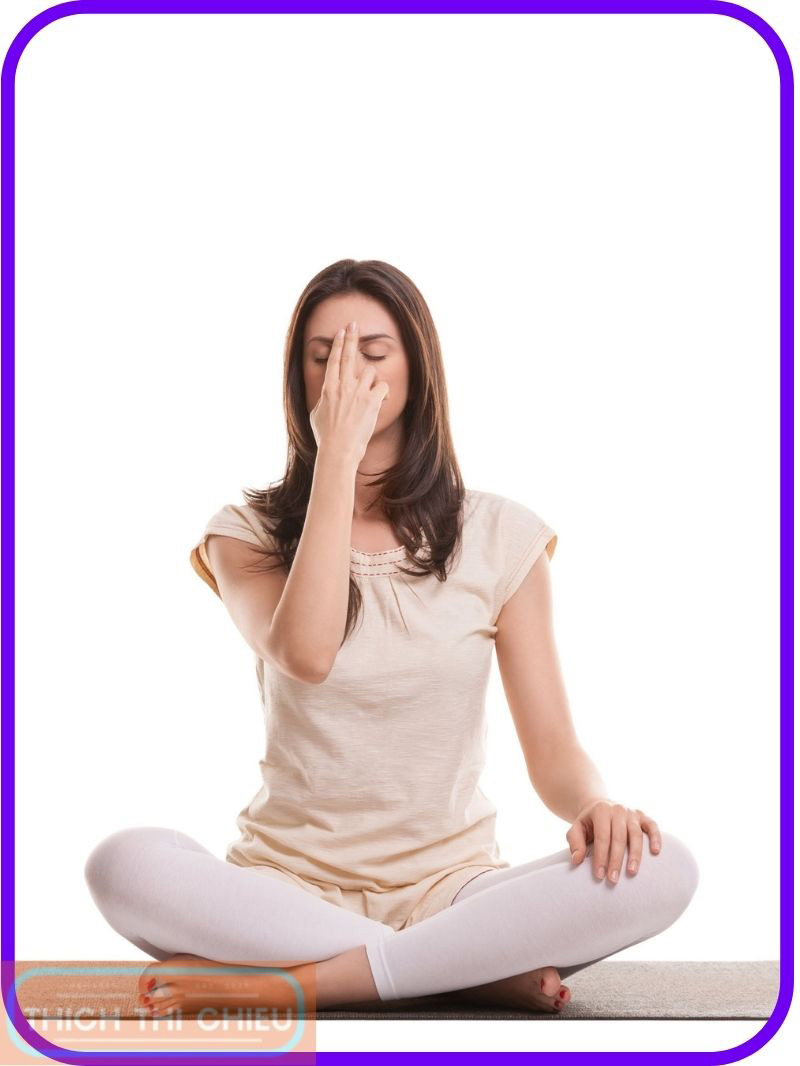
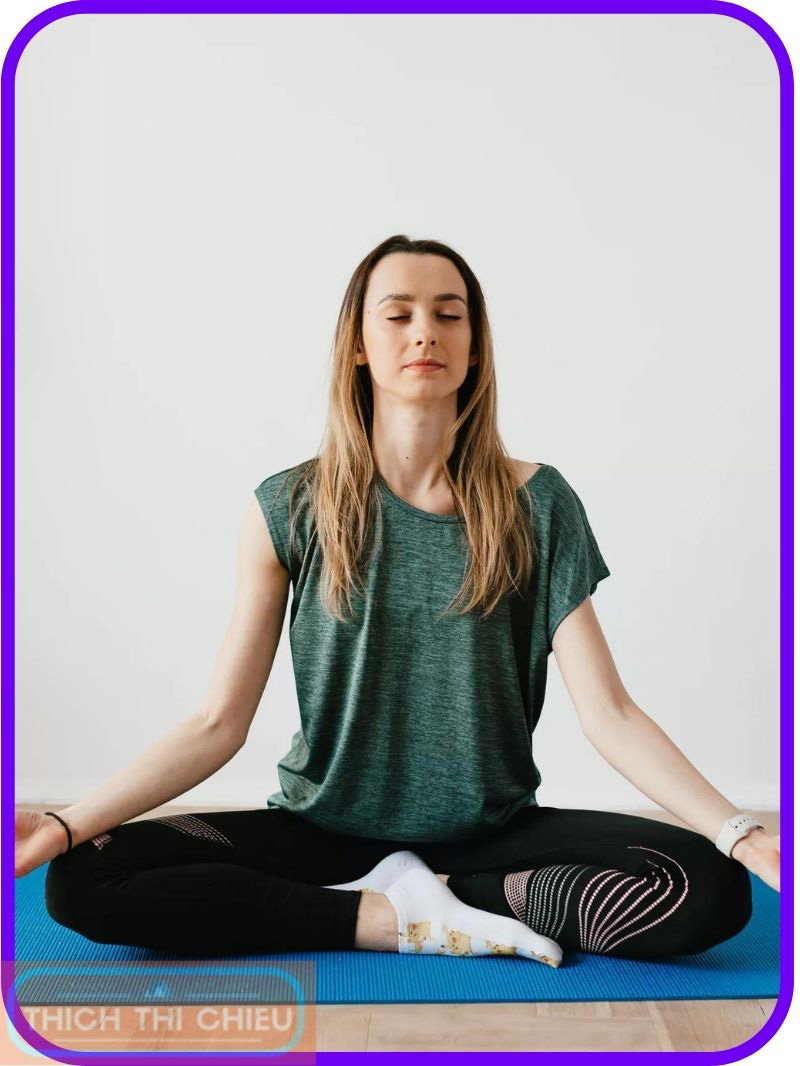
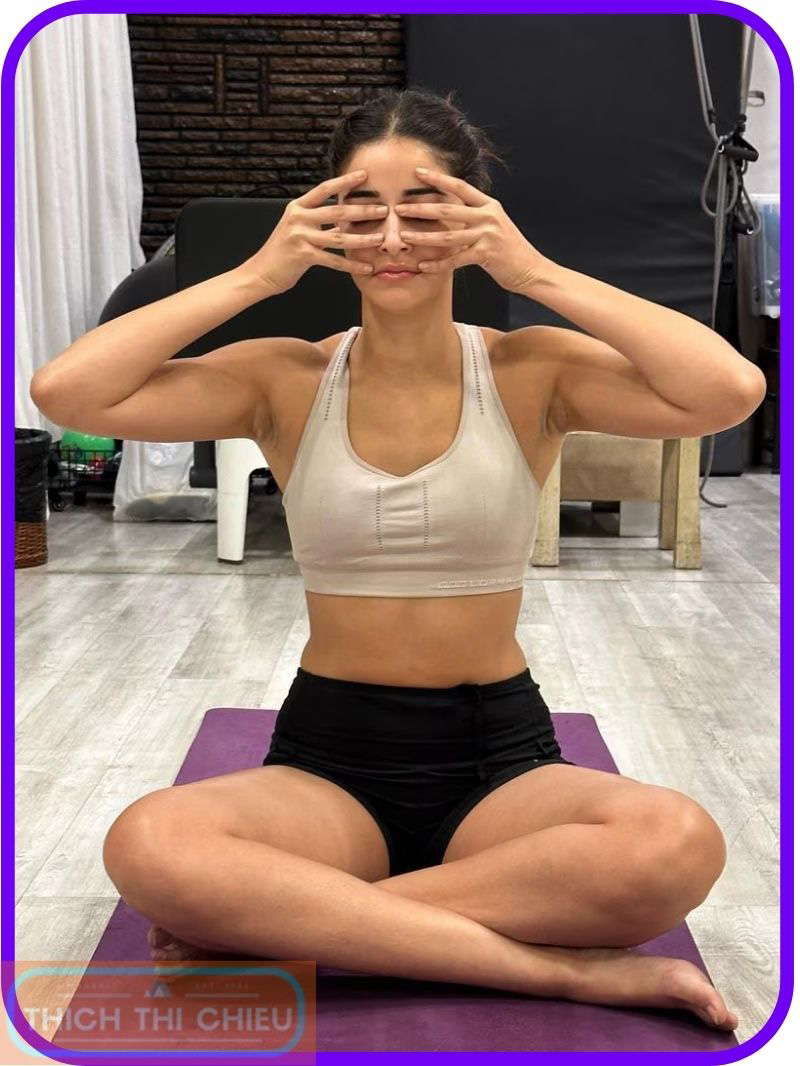
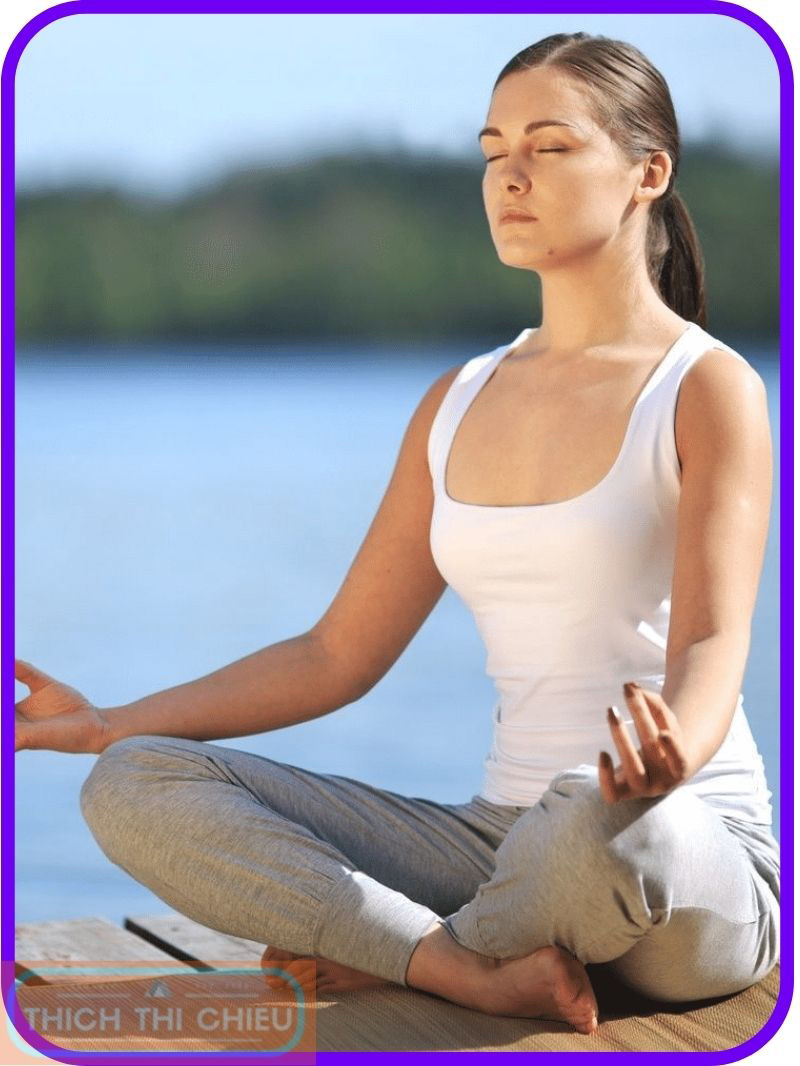
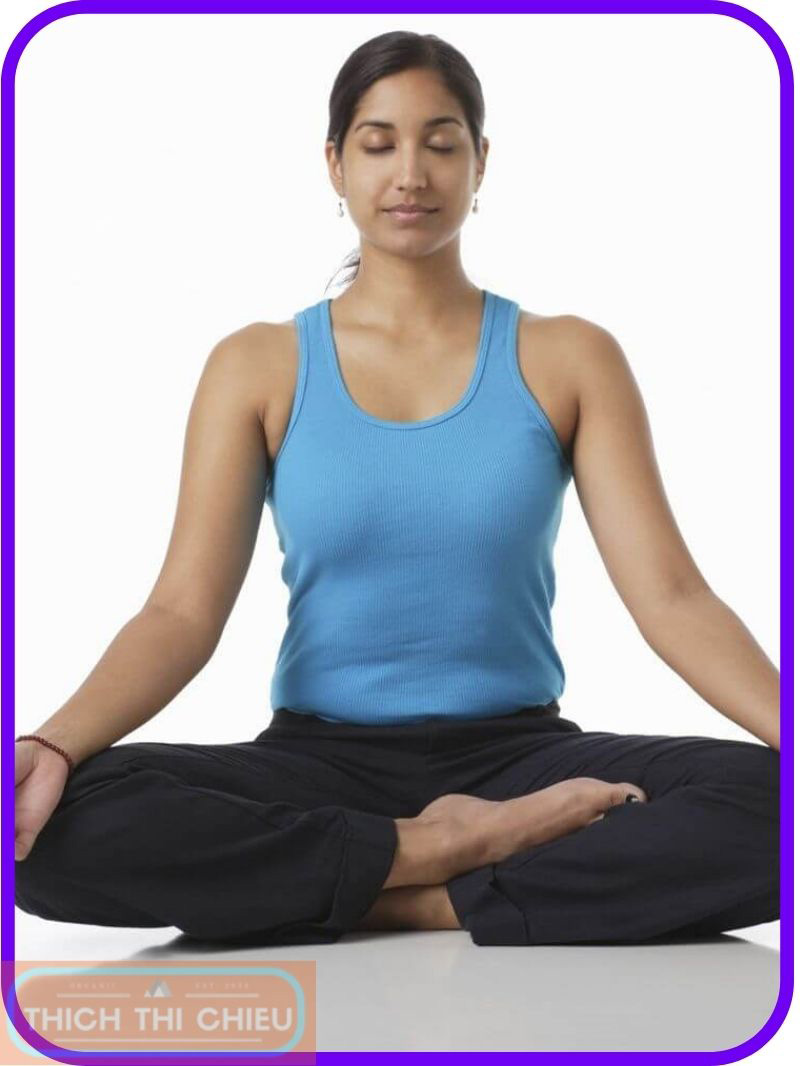
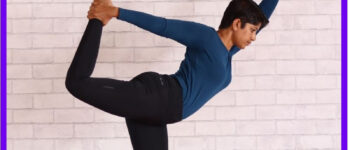


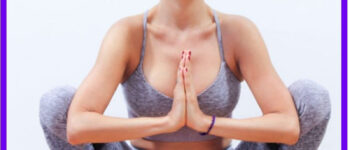

Leave a Reply